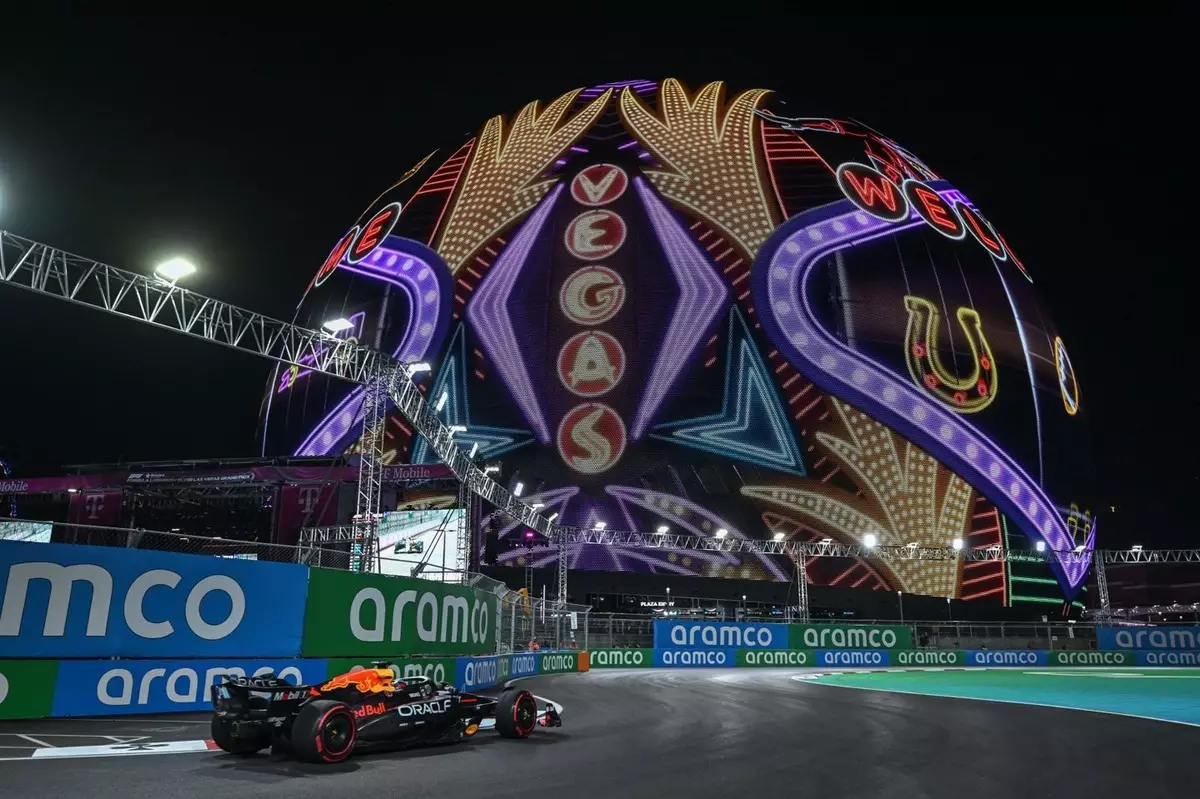The anticipation surrounding the Las Vegas Grand Prix has reached new heights as organizers have made a notable adjustment to the race’s start time for the 2025 edition. The decision to move the race from a previously scheduled 10 PM to an earlier 8 PM local time signifies a strategic response to logistical challenges, as well as an evolving understanding of the viewing audience. As Las Vegas reasserts its place on the Formula 1 calendar—after a significant hiatus—this change symbolizes more than just a shift in timing; it reflects the intricate balancing act of accommodating local interests while expanding the global fan base.
The decision to schedule the Las Vegas Grand Prix for 8 PM aligns it with other prominent night races, such as the events in Jeddah and Singapore, which also commence at this hour. Historically, Las Vegas has operated under the backdrop of a nocturnal entertainment culture, where the vibrancy of the city parallels the exhilarating qualities of Formula 1 racing. The initial later start times aimed to mitigate the disruption caused by street closures on the bustling Las Vegas Boulevard. However, the shift to an earlier start not only unites Vegas with its Asian counterparts in the F1 calendar but also enhances the experience for fans both locally and abroad.
One of the primary drivers behind the initial delayed starts was the need to limit the disruption to local traffic and businesses. Las Vegas does not merely host this grand spectacle; its infrastructure and economy are deeply intertwined with such events. The eventual track preparations starting as early as Thursday preceding the race allow for a seamless experience, yet they also demand considerable resources and coordination with city officials. The move to an 8 PM start seems to be a compromise that honors both the race’s significance and the city’s vitality.
The rescheduling directly addresses a significant variable in live sports—time zone considerations for viewership. By starting the race earlier, east coast fans in the United States will find it much easier to engage with the event. Previously, many viewers on the east coast experienced a challenging clock-to-screen translation, often getting swept away in the early morning hours. This change signals a desire not just to accommodate local audiences but to widen access across the nation, capturing more eyeballs and ensuring greater media coverage from major outlets in the U.S. This strategic shift demonstrates an astute understanding of the underlying dynamics that influence viewership engagement, which are crucial for the sport’s expansion in critical markets.
Reflecting on the experience from the inaugural Las Vegas race in 2023, where unforeseen disruptions hindered the pre-race festivities, organizers have underscored the importance of learning from feedback. The incident involving Carlos Sainz served as a stark reminder that despite the allure of the event, meticulous preparation must underpin the thrill. Feedback from both fans and media following the inaugural events has likely played a pivotal role in the decision-making process. A spokesperson for the Las Vegas Grand Prix highlighted an intention to continue improving the overall event experience, indicating that the future iterations may bear the marks of every observed nuance learned from these early races.
As Formula 1 navigates the evolving dynamics of the sporting landscape, the Las Vegas Grand Prix stands as a testing ground for innovative approaches to scheduling that balance tradition with modern demands. The changes set to take effect in 2025 offer valuable insights, not just for the Las Vegas race, but for the wider Formula 1 calendar. By fostering a more accessible and dynamic framework for races, F1 is reinforcing its commitment to engaging a diverse global audience while remaining in tune with shifting local conditions. As preparations for the upcoming Grand Prix get underway, stakeholders within and outside the sport will undoubtedly be watching closely to see how this new strategy plays out in practice, possibly setting a precedent for future events worldwide.


Leave a Reply